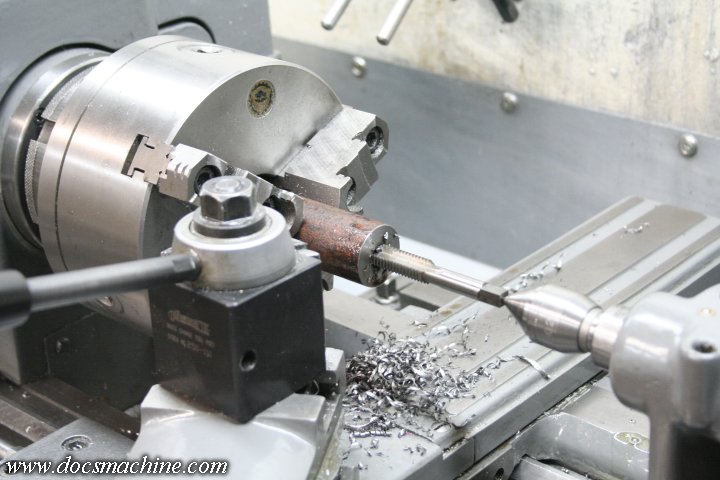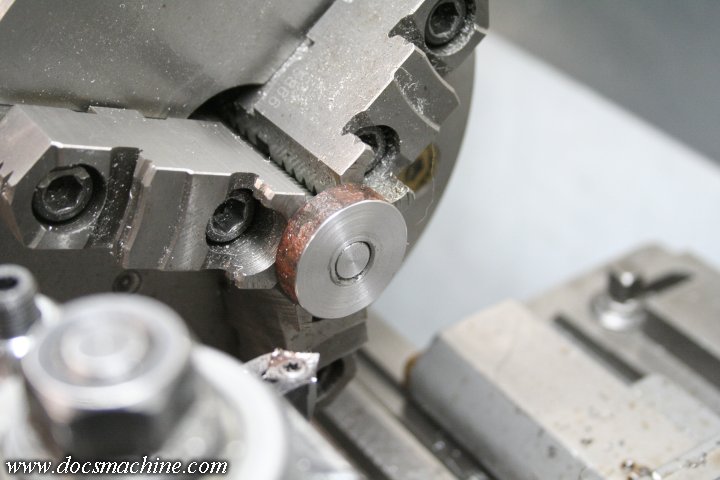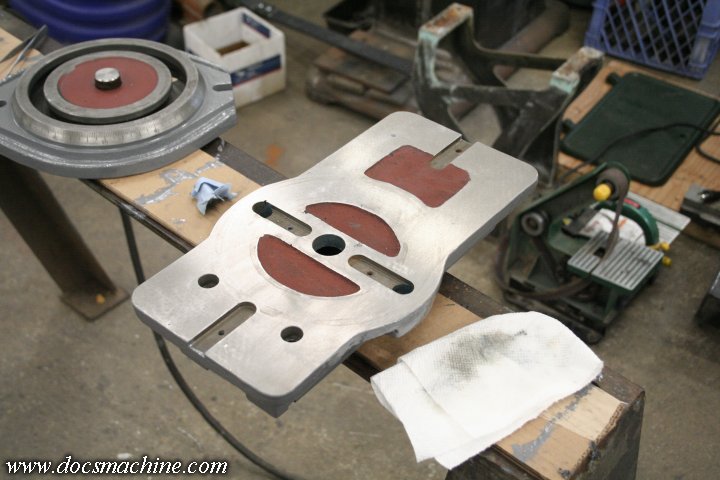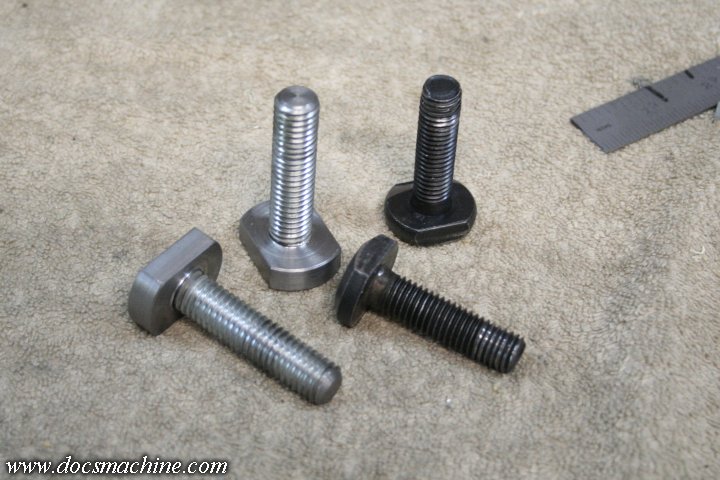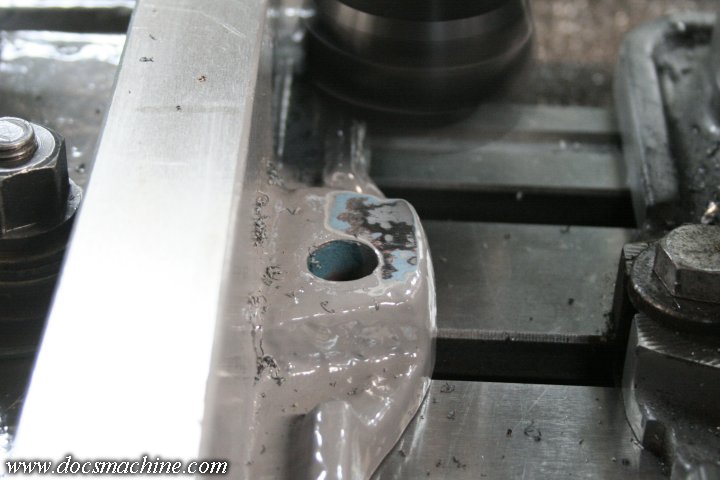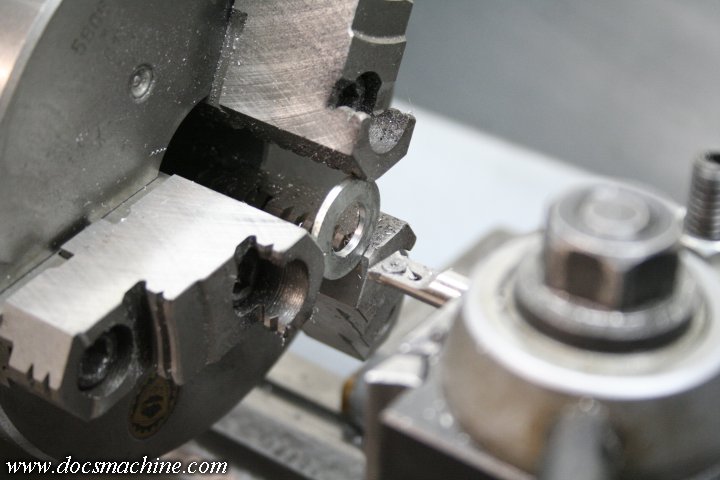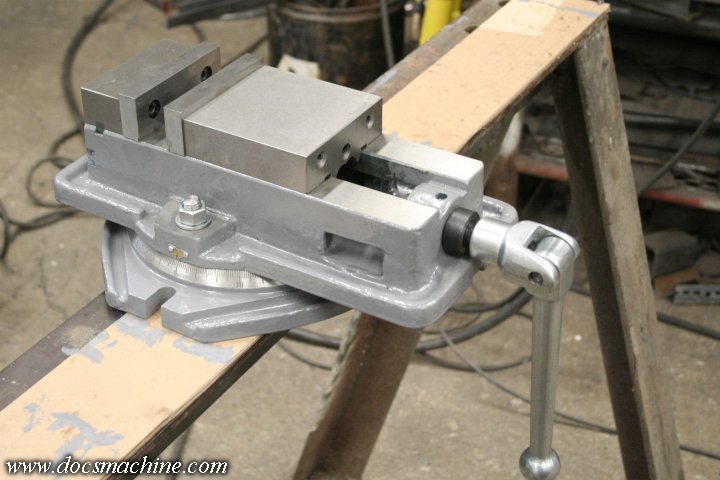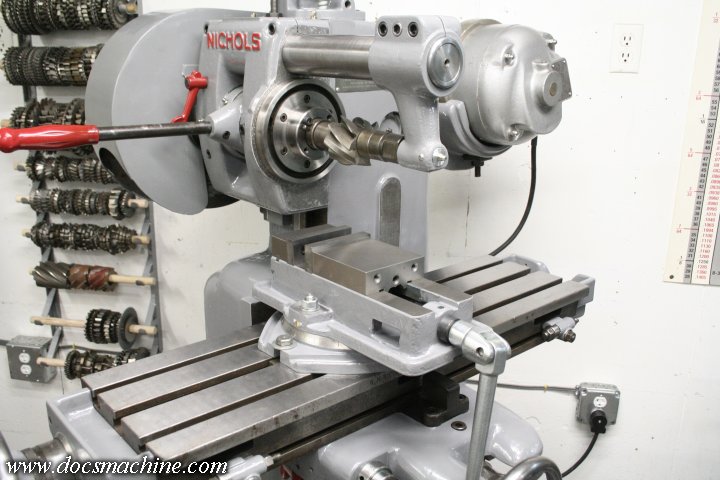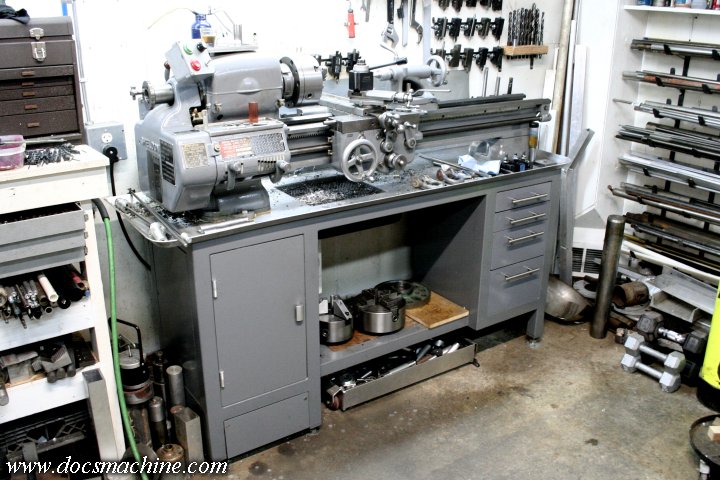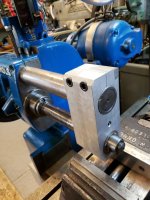Andy FitzGibbon
Diamond
- Joined
- Sep 5, 2005
- Location
- Elkins WV
As I said, sometimes.-Sometimes that works, sometimes it doesn't.
Over all the machines I've rebuilt and all the tags I've removed, my main conclusion is there's no one trick that always works.
Occasionally you can tap the head with a sharp cold chisel, and the rivet will rise up enough to get a good grip with a pliers. Other times, I've had to use a sharp wood chisel, and come up under the plate itself to start prying. Some have been big enough I could grind a slot in them (most aren't) but even then, half the time all that does is crack half the head off when you go to twist it.
On one machine, I drilled some holes in the end of scrap strap steel, laid the hole over the head of the rivet and gave it a very quick spotweld with the MIG. That usually only works with brass and steel or stainless tags- I've blown holes in aluminum ones.
I even have a pair of end cutters I belt-sanded the jaws to nearly razor sharp. That's handy for a lot of rivets, but there's plenty where the head is too hard, or too deeply embedded in the tag to get a grip on.
In a couple cases, like my big lathe QCGB, the holes go all the way through, so once I disassembled the box, it was easy to take a thin punch and pop 'em out from the backside.
On this Nichols, though, every single trick I tried, failed. Those rivets were NOT coming out, at least not without badly damaging the tag. I was eventually forced to carefully grind the heads off, grind the stubs smooth, and then raise the tag up a little and redrill the holes.
(I reattach the plates with tiny stainless buttonhead allen screws, occasionally as small as 2-56, but usually 4-40, or sometimes 6-32.)
Doc.
Sent from my SM-G950U using Tapatalk



